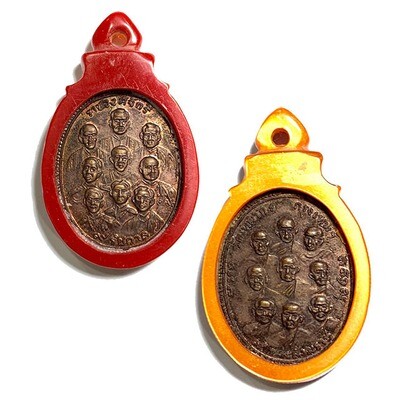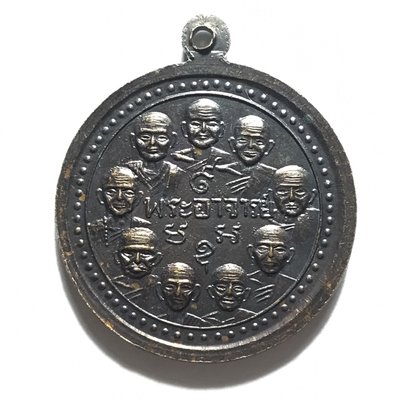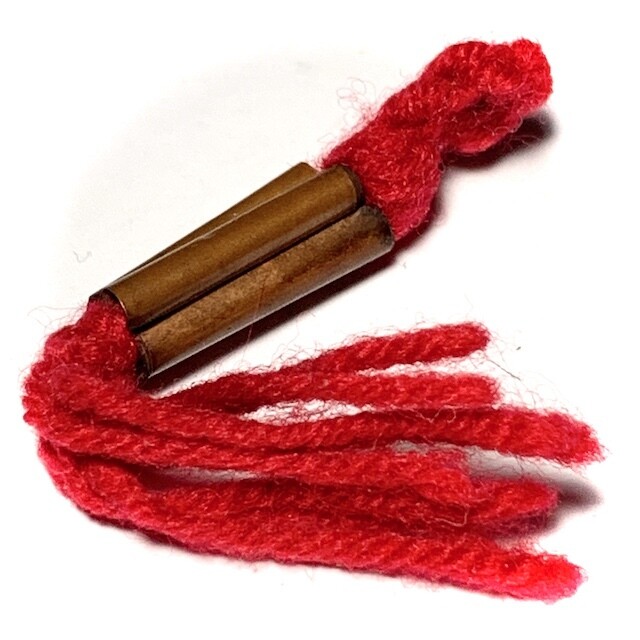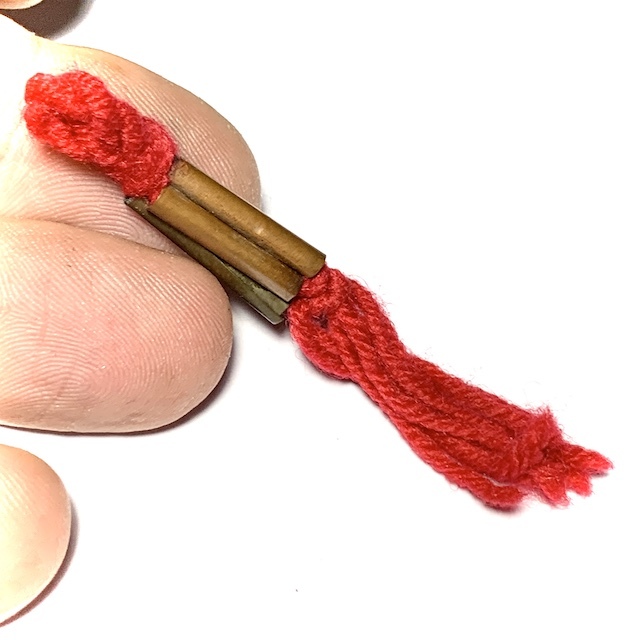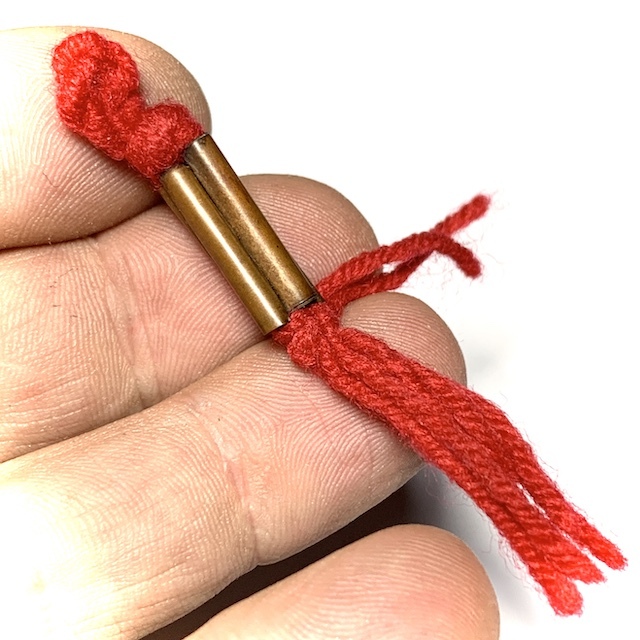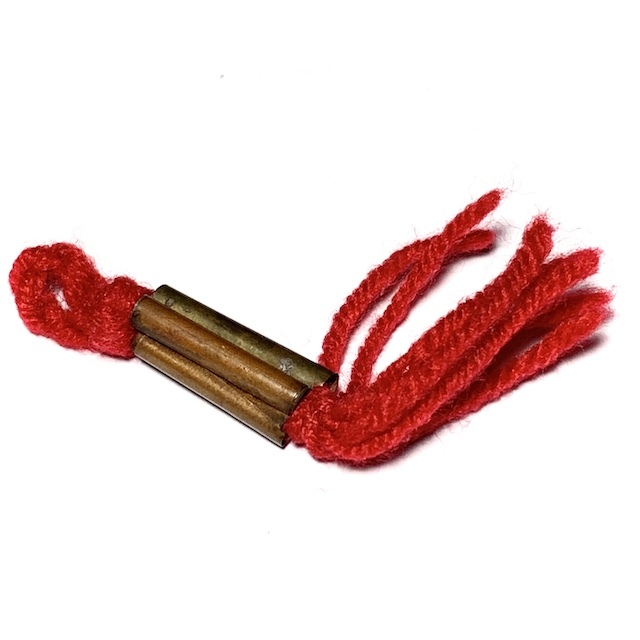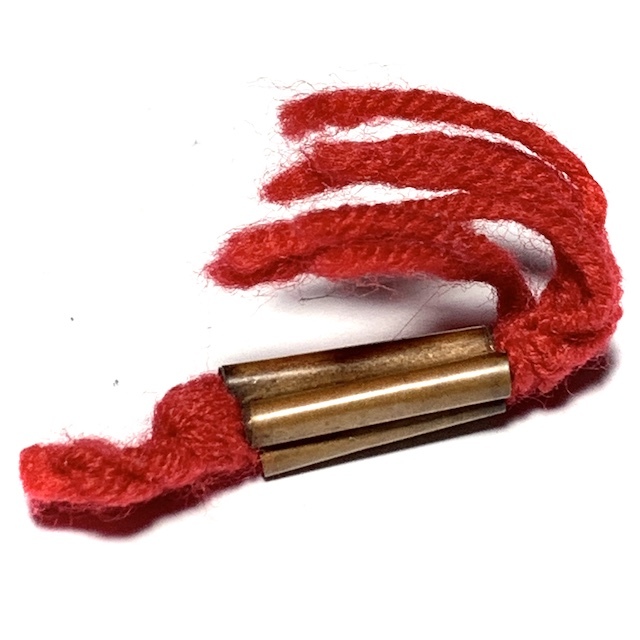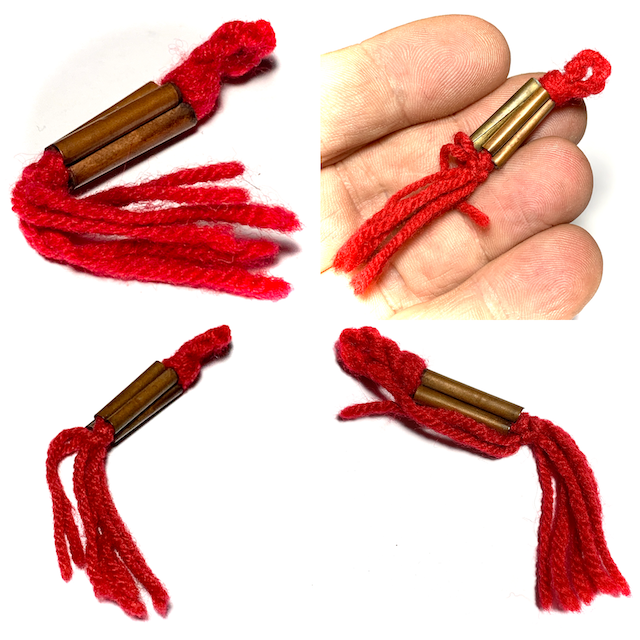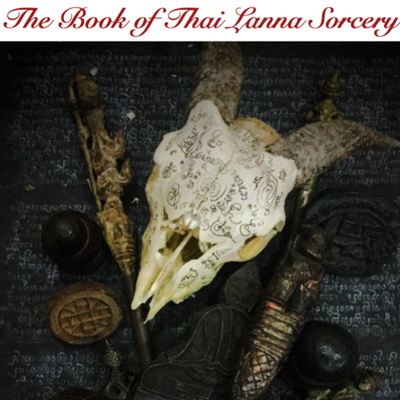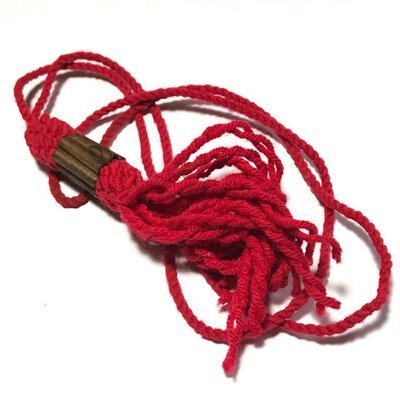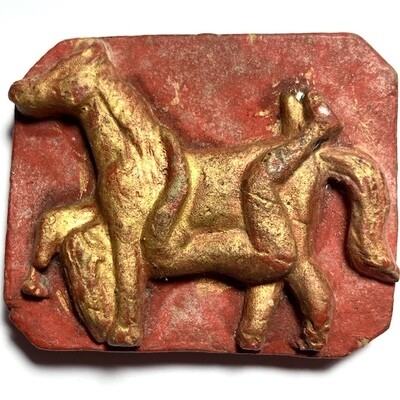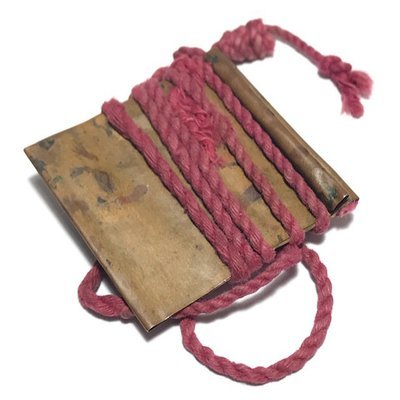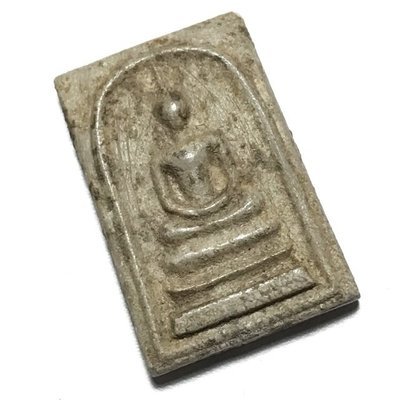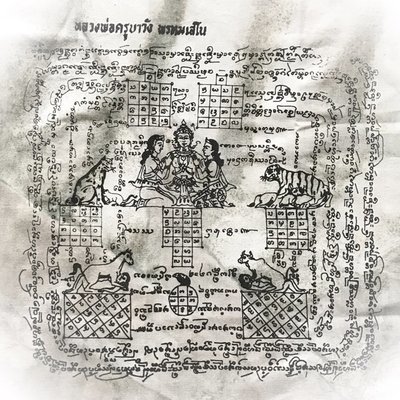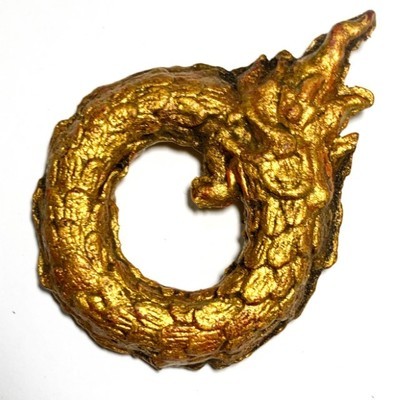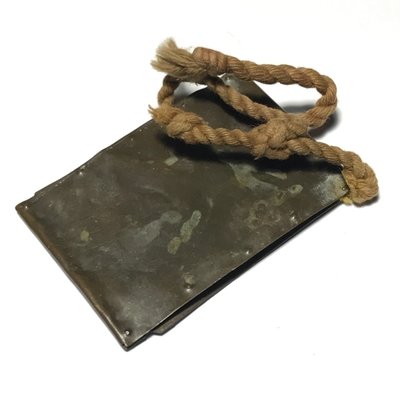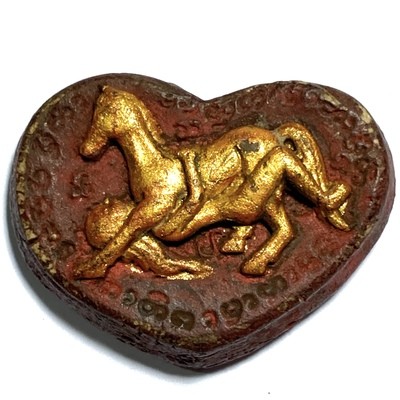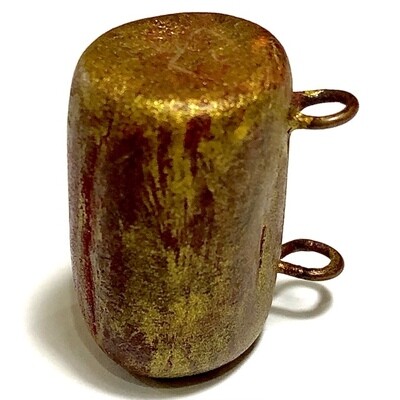
Ancient Amulet Store – Purveyors of preferred Classic Thai Buddhist Amulets for the True Devotee and Distinguished Collector
Discover the immensely deep and fascinating world of Vintage Thai Buddhist Amulets. Ancient Amulet is a long term established and internationally recognized Vintage Amulet Shop, and A Trusted Source for Classic Thai Buddhist Amulets for Devotees and Discerning Collectors, and is one of the many sub projects of informational sources created by Thai Amulet, Buddhism and Thai Occult Expert, Ajarn Spencer Littlewood . as part of his ‘Buddha Magic Project‘
Ancient Amulet provides authentic Antique and Rare Thai Amulets of the Pre and Early Post-Modern Era, of high esteem and Sacred Value, to revere, study and collect. Our Ancient Thai Buddhist Amulets are selected from the finest exhibits we can discover, and given diligent study and authentication processes. Our collection showcases time-honored amulets crafted by ancient masters, boasting captivating qualities and representing the esteemed Pra Niyom class. We offer authentic, highly valued ancient Thai Buddhist amulets from the pre and early post-modern eras, carefully selected from the finest exhibits and thoroughly examined. We invite you to study, revere, and collect these classic amulets from ancient masters, and to learn about their magical aspects and the art of amulet evaluation
Takrut Jampa See Dton Wicha Lanna 4 Yantra on Spellbound Cord Talisman of Kroo Ba Wang Wat Ban Den
A rare and world famous Classic Lanna Amulet, and one of the most Famous amulets of the Great Kroo Ba Wang, the Takrut Jampa See Dton Lanna, made from 4 hand Inscribed Sacred Yantra Spells, with Incantations, and enchanted 'Daay Daeng Akom' red sorcerer's cord, empowered with the Ancient Wicha Lanna by the Great Guru Master Monk and Deceased Ex Abbot of Wat Ban Den, Luang Phu Kroo Ba Wang. The Takrut were inscribed individually and empowered and bound into a four-fold Spell, in traditional style of this Northern Lanna Wicha, the this Great Deceased Master of Olden days.
Free Registered Air Parcel Shipping Worldwide is Included with this Amulet. The Takrut Jampa See Dton has powerful leanings towards Metta Mahaniyom and Kaa Khaay Magical Powers. It is found in some of the most ancient Samut Khoi Black Parchment Magical Grimoires, dating back many centuries. This type of fourfold Takrut has been seen to be used with different kinds of Magical Influence, depending on the type of Yant used for inscription within the four scrolls.This particular version is specifically aimed at increasing the selling power of merchants and shopkeepers, and market traders, and travelling sales persons, to being great prosperity. As has already been stated, this type of Takrut is most famously known and seen to be from the Great Kroo Ba Wang, of Wat Ban Den. The Takrut and the Wicha of making it has been preserved by lineage continuance Master Pra Ajarn Gorp Chai of Wat Mae Ya, who has now made 2 editions of Takrut Jampa See Dton to date (2021), both of which are also now extreme rarties, made by hand and only in small numbers.
Kroo Ba Wang was renowned for so many different kinds of amulets, ranging from his Takrut (especially the Takrut Gao Gum, Takrut Pork Krang, Takrut Jampa See Dton cord-bound spells, his famous In Ma Saep Nang lady-Horse, In Koo Embracing Lovers, Paya Khao Kam 'Golden Horn' (Lanna Khunphaen), Pha Yant Sacred Geometry Spells, Pra Rahu Amulets, and Guru Monk Coins, all of them being purely belonging to the Lanna Traditional Wicha.
Luang Phu Kroo Ba Wang is Legendary for his Maha Sanaeh Magic, was one of the most famous of the Northern Lanna Guru Masters of the Olden Days. Highly preferred for his In Koo, Pra Rahu, and Pha Yant Sacred Geometry yantra Cloth Spells. Of the Pha Yant he was especially renowned for his Pha Yant Ma Saep Nang Lady-Horse images.
Luang Phu was born in 2434 BE, in the country into a family of farmers and market traders, In those days, the only way to get any schooling in the countryside was to stay in a temple and learn with the Monks, and so, at the age of nearly 9 years old, his father took him to live at the nearby temple, to learn to read and write. After about 3 years. Luang Phu could read and write fluently enough, and so he was able to ordain into the Sangha as a Samanera Novice Monk in the year 2445 BE
Luang Phu reached the age to be ordained as a fully fledged Bhikkhu in the Buddha Sasana in the year 2455 and was ordained on the 5th of May of that year as a Bhikkhu, at 13:15 hours at Wat Ban Baen Temple. Luang Phu then began to practice Khom Sanskrit Agkhara and Wicha, and within a very short period of time became so adept that he could chant every single line of Agkhara from memory with great aptitude.
Pra Kroo Gantiya was his Upachaya Ordaining Officer, and Pra Ajarn Bpan was his Pra Gammawājājarn (Prompter). Pra Atigarn Bpum was his Pra Anusawanājarn (Witness). Luang Phu was given the Chāyā (official Monks Name) of Prohma Sēno. Luang Phu Kroo Ba Wang then stayed on at Wat Ban Baen, in Lampoon, for a period of 2 years more.
After this, Luang Phu Kroo Ba Wang then moved to stay at Wat Ban Hmueang Jee, which was in his home area where he was born. Luang Phu then continued to study and practice Wicha Akom and Khom Agkhara, for a further three years, until he became inspired to take up the practice of Tudong Solitary Forest wandering, and gain experience in Kammathana.

Luang Phu then travelled through the thick forest area of Pha Teub, on is way towards Chiang Saen, and stopped in the forest to practice for 6 months. Once he reached Chiang Saen, he stayed around the area practicing for some years, until he decided to travel towards Prae Province, where he finally arrived and stayed at the temple of Wat Den Chai. He stayed at this temple to master the various Sorcert Methods of the Region, so that he would be able to perform Powerful Incantations enabling him to cast spells and blessings to offer protection, happiness and prosperirty to the fold, and to send metta and merits to the Nature Spirits of the Nether Worlds, with Compassionate Mercy Magic.
Once he had mastered this Wicha, he then set forth once more, and practiced Tudong, until he came to rest at a very peaceful place in the forest called 'Pha Den Gradtay', which was very auspicious in energy. There was a small village nearby which was impoverished, and Luang Phu then decided to build a temple with the help of the locals. But Luang Phu was first called back by locals of the temple at Wat Dton Tong, so he agreed and went backl to assist the with their needs.
The Kata Lanna Bucha Takrut Jampa See Dton Kroo Ba Wang mp4 Chanting Tutorial above, is also available for download, in the files tab of your account with our store after purchase of this amulet. After one year helping them, he was able to return to Pha Den Gradtay, and built three Kuti Huts and invited some other monks to come and stay, and assist in developing the temple. Then in the yeat 2508 Luang Phu Kroo Ba Wang began to build the Uposadha Shrine Room and the locals of the surrounding areas began to hear of his merits, and flock to the temple to make donations and assist.
The Uposadha was then finished in the the year 2510 BE. Luang Phu became famous for both is great ability to finish the temple of Wat Ban Den in Miraclulously short timespan, and also for his many Wicha, including Horasart (Astrology), Amulet making, Maha Sanaeh and Metta Maha Niyom Maha Lap Magic, and his ability to use Candle Magic to eliminate Bad Karma.

In the year 2513, time caught up with Luang Phu and he became ill, and began to weaken with age, and became unable to travel, and stayed for the rest of is life until his passing at Wat Ban Den in the year 2516 BE.

The Takrut is Serm Duang, and will give Protection from Danger, and ease your way in life. Business will flourish, money and gifts will flow in, good fortune will come, and life without disturbances. The Takrut Sangwwal Gao Gum is a powerful Sacred Geometry based Talisman containing a myriad of magic spells, which has been used by ancient folk for thousands of years. The Takrut Gao Gum is one of the rarer and most preferred amulets of the Pantheon of Kroo Ba Wang
